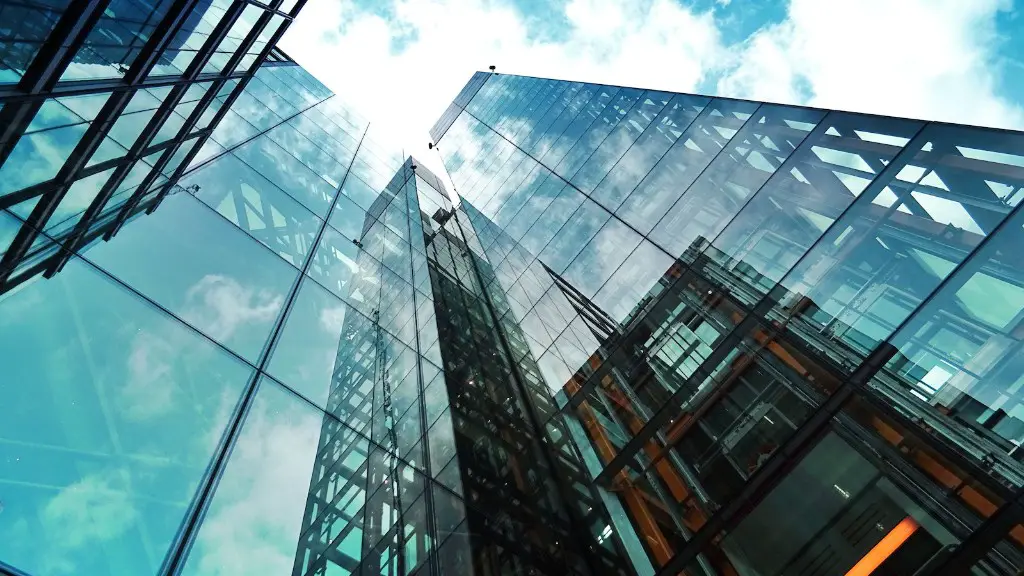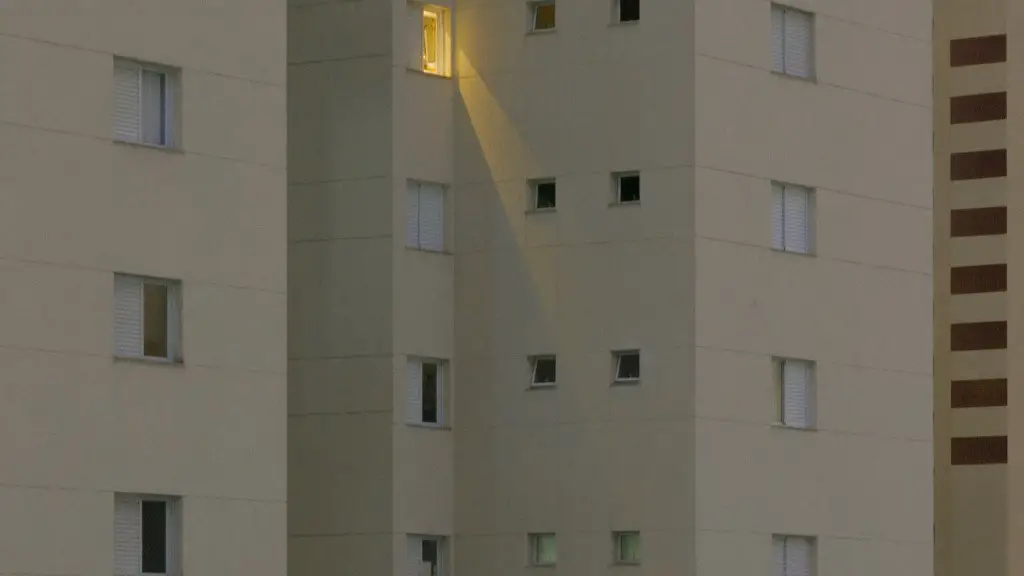In computer architecture, multi-tenancy is a principle in which a single instance of a software application serves multiple customers. Each customer is called a tenant. Customers share the software application and they can customize the application according to their own specific needs.
Multi-tenancy architecture is a style of computer architecture where a single instance of a software application serves multiple customers. In a multi-tenant architecture, each customer shares the same application instance, which includes the same data schema and code base. The main advantage of a multi-tenant architecture is that it allows for economies of scale, as the cost of developing and maintaining the software is spread out over multiple customers.
What is multi-tenancy with example?
Multitenancy is a great way to reduce costs and increase efficiency by sharing resources among multiple users. In a SaaS environment, for example, each customer shares the same software instance, which reduces the need for duplicate software and hardware resources. Multitenancy can also help improve security and compliance by isolating each customer’s data and applications.
Multi-tenant architecture is a great way to provide a shared service while keeping data isolated. Hubspot, Github, and Salesforce are all examples of this type of architecture. In each case, every user shares the main multi-tenant database and software application, but each tenant’s data is invisible to others and isolated. This allows for a more efficient use of resources and makes it easier to manage and maintain the shared service.
What is the purpose of multi-tenancy
Multi-tenancy is a great way to save on resources and infrastructure costs while still providing each customer with a private, isolated environment. In a multi-tenant setup, each customer shares the software application and shares a single database. Each tenant’s data is isolated and remains invisible to other tenants. This provides a cost-effective solution for companies that want to provide their customers with a private, isolated environment without having to invest in their own infrastructure.
Multitenant applications are applications that can be used by multiple tenants. Tenants are usually organizations that share the same application. Business-to-business (B2B) solutions are examples of multitenant applications. Accounting software and work tracking software are examples of B2B solutions.
What are the benefits of multitenant architecture?
There are several reasons why multitenancy is a better use of resources on the host’s side:
1. It makes more sense to open server access to many customers instead of limiting it to a single client. This allows for a more efficient use of resources and prevents any one client from monopolizing the server.
2. It’s maintenance-free for the customer. This means that the customer doesn’t have to worry about keeping the server up and running, and can focus on their own business.
3. It’s a more scalable solution. This means that the host can easily add more customers without having to worry about overloading the server.
Overall, multitenancy is a more efficient and cost-effective solution for both the host and the customer.
Netflix is a streaming giant that is multi-tenant. This means that it has many tenants, or users, who share its resources. While single-tenancy can provide security and abundant resources, Netflix has found that the benefits of multi-tenancy outweigh these factors. Multi-tenancy allows Netflix to be more flexible and scalable, and to provide a better experience for its users.
What are the three multi-tenancy models?
In the Database multi-tenancy model, the application connects to a database and gets data, while the tenancy logic is delegated to the ops layer. This is the most common model for multi-tenancy, and is the simplest to implement. However, it has the disadvantage of being less scalable than the other models, as each tenant has their own database.
In the Schema multi-tenancy model, the application connects to a database, but each tenant has their own schema within that database. This is more scalable than the Database model, as each tenant shares the same database. However, it is more complex to implement, as the schema must be managed carefully.
In the Table multi-tenancy model, the application connects to a database, but each tenant has their own table within that database. This is the most scalable of the three models, as each tenant shares the same database. However, it is the most complex to implement, as the tables must be managed carefully.
The multi-tenant model can present some challenges from a security perspective. In order to prevent one tenant from being able to access another tenant’s data, strict authentication and access controls need to be in place. This can make the system more difficult to maintain and service. Additionally, tenants may end up competing for system resources, which can impact performance. Finally, migrating to a multi-tenant model can be complex and may require significant changes to the system.
What is multi-tenant architecture in AWS
Multi-tenancy is a way of sharing resources between tenants in a way that promotes agility and cost efficiency. In this view, tenants are able to share resources such as microservices or Amazon EC2 instances without having to worry about the underlying infrastructure. This approach can be particularly useful for companies that want to offer a SaaS system with minimal management overhead.
Multitenancy is a common architecture for software-as-a-service (SaaS) applications, where a single instance of the software runs on a server, serving multiple tenants. In a multitenancy environment, multiple customers share the same application, running on the same operating system, on the same hardware, with the same data-storage mechanism. The distinction between the customers is achieved during application design, thus customers do not share or see each other’s data.
The main advantage of multitenancy is that it allows for significant economies of scale, as the cost of the hardware and software is shared among multiple customers. In addition, multitenancy can make it easier to roll out new features and updates, as the same code base can be used for all customers.
The main disadvantage of multitenancy is that it can lead to reduced performance, as the resources of the server are shared among multiple customers. In addition, multitenancy can make it more difficult to customize the application for individual customers, as the same code base must be used for all customers.
What are the characteristics of multitenant technology?
Multitenancy is a key feature of cloud computing that allows multiple customers to share the same computing resources. Despite the fact that they share resources, cloud customers are not aware of each other, and their data is kept totally separate. This allows for a more efficient use of resources and helps to keep costs down.
Multi-tenant architecture is more efficient than single-tenant architecture because it allows for multiple customers to share resources and facilities. This can lead to cost savings for both the provider and the customer. In addition, multi-tenant architecture is more scalable and flexible than single-tenant architecture.
How do you implement multi-tenant architecture
Multi-tenancy is a software architecture in which a single instance of a software application serves multiple customers. Each customer is called a tenant. In a multi-tenant environment, every tenant has its own database, and is isolated from other tenants.
There are two main approaches to implementing multi-tenancy: Database per Tenant and Shared Database, Shared Schema.
Database per Tenant: In this approach, each Tenant has its own database and is isolated from other tenants. This ensures that each tenant has its own data and that the data is not accessible to other tenants.
Shared Database, Shared Schema: In this approach, all Tenants share a database and tables. However, every table has a Column with the Tenant Identifier, that shows the owner of the row. This approach allows for easier data sharing between tenants, but the data is not as secure as in the Database per Tenant approach.
Multitenancy is a great way to save on resources and ensure that your data is secure. By using different instances of your applications, you can keep your data separate and secure while still sharing resources. This is a great option for businesses that want to save money and keep their data secure.
How to implement multi-tenancy in microservices?
Multi-tenancy is an important consideration for any microservices-based application. In a multi-tenant environment, each microservice must be able to reference and apply tenant context within the service. This allows each tenant to have their own isolated view of the data and functionality provided by the microservice.
At the same time, it is also important to limit the degree to which developers need to introduce any tenant awareness into their code. This helps to keep the codebase clean and maintainable.
To achieve these goals, we need to carefully design our microservices and their interfaces. We also need to use a good tenant management solution that can handle the complexities of a multi-tenant environment.
Multi-tenancy is a proven and popular approach to application development and deployment that offers many advantages to companies and customers alike. By reducing development and deployment costs, multi-tenancy provides a way for companies to increase their competitive advantage and offer their customers more value. In addition, by sharing resources across multiple tenants, multi-tenancy can also lead to increased efficiency and improved performance.
Warp Up
Multi-tenancy architecture is a type of computer architecture where a single instance of a software application serves multiple customers. In a multi-tenant environment, each customer is isolated from other customers, and has access to a separate instance of the application.
Multi tenancy architecture is a type of software architecture where a single instance of the software runs on a server and serves multiple tenants. A tenant is a group of users who share the same access to the software instance.





